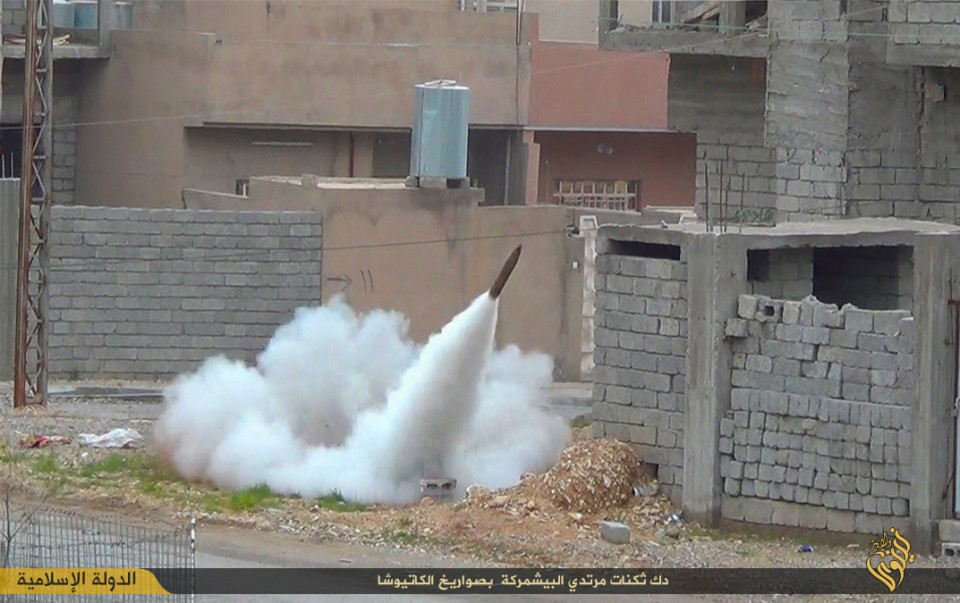« Reviews
Perpetual Revolution
International Center of Photography - New York
By Keren Moscovitch
According to Marxist philosopher Louis Althusser, “Ideology represents the imaginary relationship of individuals to their real conditions of existence.”1 The International Center of Photography’s prescient exhibition “Perpetual Revolution”2 reveals photography’s role in constructing, and deconstructing, these very ideologies. The medium’s historical relevance to social and political consciousness is underscored, as is its symbiosis with emerging technologies-a trait that harnesses its power of revolt. This ever-evolving imaginary realm, shifting in concert with social and technological progress, provides a radical alternative to dominant modes of thought that threaten our planet and our humanity. The exhibition explores a range of themes relevant to photography and revolution, including climate change, migration, gender and race, as well as the parallel propaganda machines of the American alt-right and the Islamic State.
Chasing Ice, a striking wall-sized video of a calving glacier by James Balog introduces the first section, Climate Changes. As icy blue slabs crumble languidly into the sea, not even the horrifying data provided about the magnitude of such catastrophic geological shifts are enough to distract from the sublime beauty of a planet undergoing radical transformation. Transitioning from the rising sea to the masses of people for whom these very same waters represent both salvation and potential death, The Flood: Refugees and Representation, is anchored by Hakan Topal’s meditative sculpture Untitled (Ocean). The piece features a tabletop covered in rolling hills of limestone dust and projections of a nomadic framework of contemporary media depicting the swarms of people trapped in migratory flux. A single image serves as punctum in the deluge-the body of Aylan Kurdi, the Syrian toddler washed up on the shores of Turkey after his family’s failed crossing to freedom. The tiny recognizable form looms large on a sea of empty pixels, his image extracted from its digital framework in acknowledgement of his only remaining life as a symbol of suffering.
While most of the exhibition imagines a dismal reality of inequality, destruction and injustice, the section The Fluidity of Gender reveals a world shaped by tragedy yet insistent on the proud celebration of human sexuality and difference. Particularly striking is the role of social media in rupturing harmful ideologies and constructing in their place a new ethic of inclusion. Choreographer Yanis Marshall’s delightful music videos of bearded dancers in nine-inch stilettos defy a wide swath of gender constructions to express “liberated, joyful masculinity” in the language of mainstream media. Excerpts from the Instagram account of genderqueer photographer Jarrid Jones and grassroots publications such as Original Plumbing complement Caitlin Jenner’s historic Vanity Fair cover.
The section Black Lives (Have Always) Mattered highlights the historic ubiquity of the black imaginary, its aesthetic of resistance emitting from the bodies of the marginalized in the dominant language of Western technology. The preponderance of anonymity in this section emphasizes the persistent invisibility of the uninscribed in the eyes of dominant modes of seeing. We are confronted by the erasure embodied by images such as Unidentified Woman with Camera, ca. 1935 by “Unidentified Photographer” and Unidentified Man, ca. 1910 by John Frederick Fasnacht, a proudly stoic military figure wearing the regalia of a country that has enslaved him. A tapestry of black lives reveals whipped backs, beauty parlors and Black Panthers-an image-construction that shines light on realities that have escaped representation and evaded awareness for centuries.
By the end of the exhibition, we are reminded of the role of photographic images in the seemingly least aesthetic of spaces. The curators tread lightly in the section Propaganda and the Islamic State, which is set up as a study center rather than a traditional exhibition. The viewer is at once seduced and repelled by the threat of seeing abject violence, leaving this room to feel the most taboo of all. Meanwhile, selective curatorial censorship takes care not to sensationalize, but to educate. In the final room, The Right-Wing Fringe and the 2016 Election, the faces of Donald Trump and Pepe the Frog smirk out at us from a cacophony of social media memes, and we are confronted with our own culpability in producing and reifying the imaginaries that construct our ideological prison. It is we, after all, who create images of ourselves in order to both record existing infrastructures and create new ones. It is we who are invited to take responsibility in the perpetual revolution of images.
(January 27 - May 7, 2017)
Keren Moscovitch is an interdisciplinary artist, curator and scholar exploring the intersection of the sexual and the spiritual. She is based in New York City where she teaches at the School of Visual Arts. Her work has been featured in numerous exhibitions in the U.S. and abroad, and reviewed in publications such as Der Spiegel, The Huffington Post, Playboy, Policy Mic and New York Magazine.
Notes
1. From Louis Althusser’s pamphlet Ideology and Ideological State Apparatuses (1970)
2. “Perpetual Revolution” was organized by ICP curators Carol Squiers and Cynthia Young, ICP assistant curators Susan Carlson and Claartje van Dijk, and adjunct curators Joanna Lehan and Kalia Brooks.
Filed Under: Reviews




































Leave a Reply
You must be logged in to post a comment.